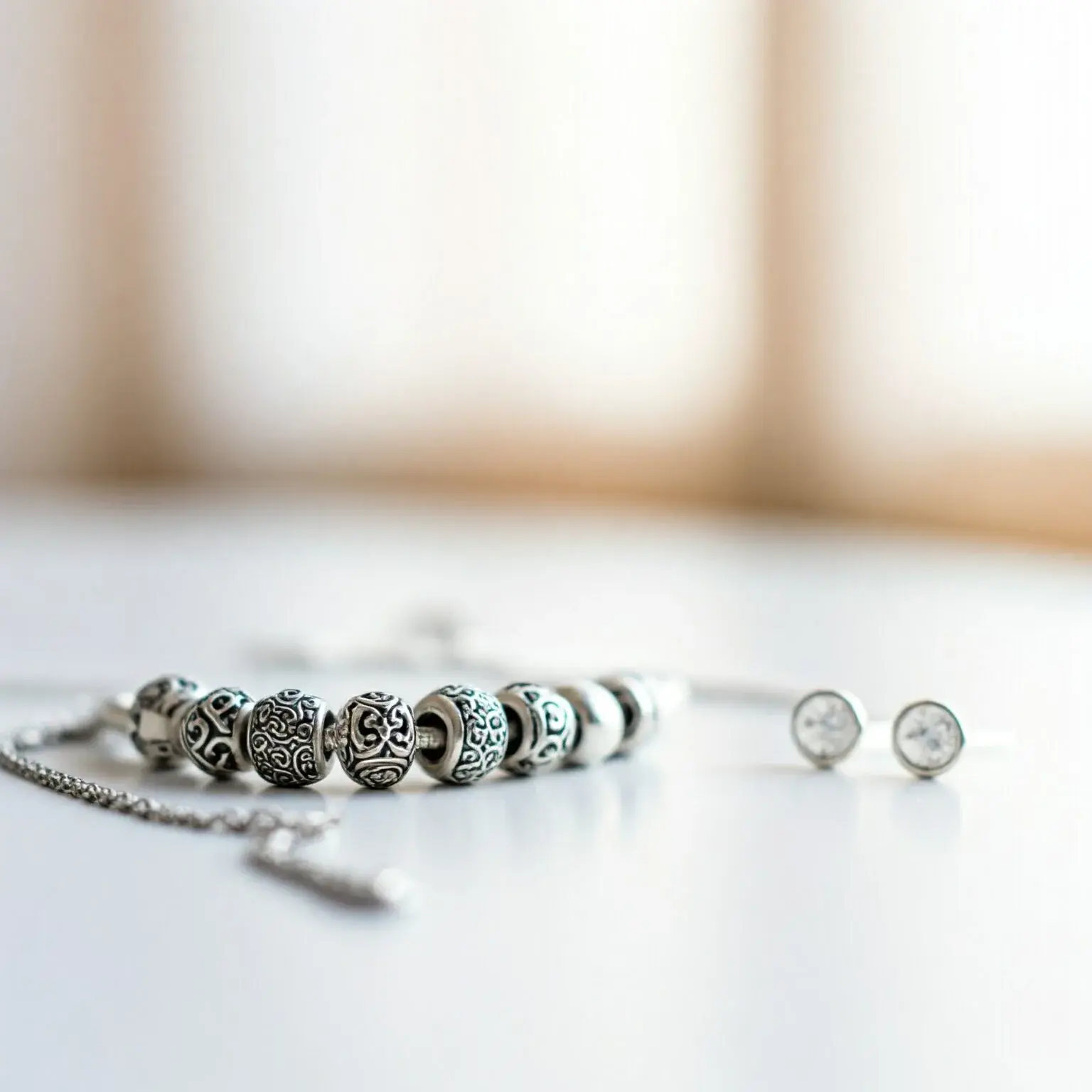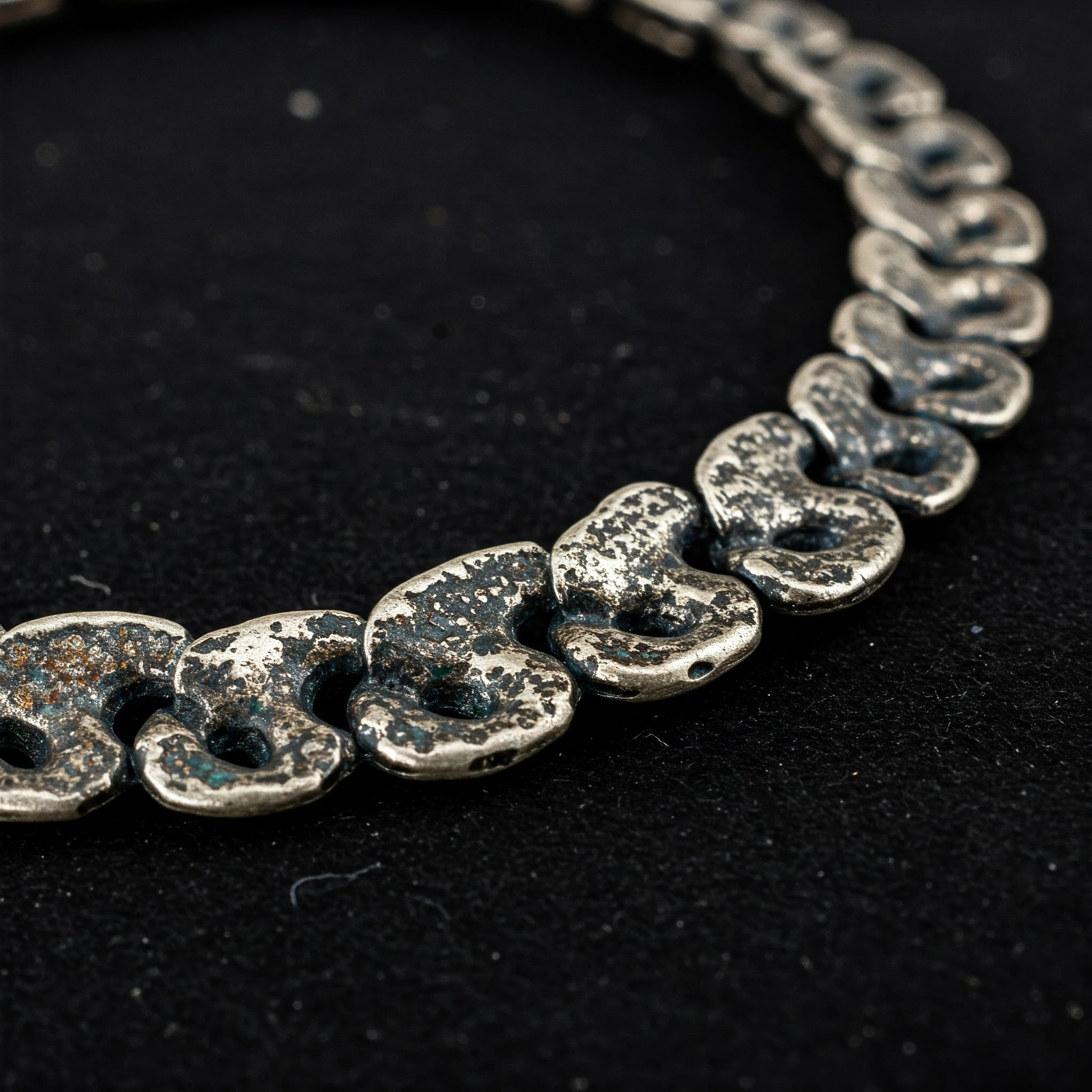925 vs 999 Silver: What You Need to Know About These Purity Types

Silver is a precious metal that has been prized for centuries for its beauty, rarity, and utility. It’s used in everything from jewelry and coins to electronics and medical equipment. However, not all silver is created equal. When purchasing silver items, you will often encounter different purity types, such as 925 and 999 silver. Understanding the difference between these purity types is essential for making informed decisions when buying silver, whether for investment purposes, jewelry, or other uses.
In this article, we will explore what 925 silver and 999 silver are, their key differences, and how to choose the right type of silver for your needs. We’ll also address common questions and provide practical tips on caring for your silver items to ensure they retain their beauty and value.
Key Takeaways
- 925 silver, also known as sterling silver, consists of 92.5% pure silver and 7.5% other metals, typically copper, to enhance its durability.
- 999 silver, also called fine silver, is 99.9% pure silver and is known for its exceptional luster but is more prone to scratching and tarnishing.
- Sterling silver (925) is ideal for everyday use and is widely used in jewelry, while fine silver (999) is better suited for investment and collectors due to its higher purity.
- Understanding the differences between these two types of silver can help you make informed purchasing decisions based on your needs.
- Proper care, cleaning, and storage are essential to maintaining the shine and longevity of both types of silver.
What is 925 Silver?
Definition and Composition
925 silver, commonly referred to as sterling silver, is an alloy made up of 92.5% pure silver and 7.5% of other metals, usually copper. The addition of copper increases the alloy’s strength, making it more durable and suitable for everyday use, such as in jewelry, flatware, and various household items.
Characteristics of 925 Silver
- Durability: The copper content in sterling silver enhances its toughness, making it less likely to bend, scratch, or tarnish compared to fine silver (999). This makes it ideal for jewelry and items that experience frequent wear.
- Tarnishing: While sterling silver is more durable, it can still tarnish over time due to exposure to air and moisture. However, regular cleaning and proper storage can help prevent this.
- Appearance: Sterling silver has a bright, shiny appearance that is almost identical to pure silver, making it a popular choice for jewelry and high-end homeware.
Uses of 925 Silver
Sterling silver is commonly used in various applications, including:
- Jewelry: Rings, bracelets, earrings, and necklaces
- Flatware and cutlery: Spoons, forks, and knives
- Coins: Many silver coins are made with sterling silver
- Household items: Picture frames, candle holders, and decorative pieces
According to the Silver Institute, sterling silver accounts for over 50% of the total silver demand in the jewelry sector, making it the most popular type of silver used for jewelry and other items.
What is 999 Silver?
Definition and Composition
999 silver, also known as fine silver, contains 99.9% pure silver with only 0.1% of other metals. This makes fine silver the purest form of silver available commercially.
Characteristics of 999 Silver
- Purity: Fine silver’s primary selling point is its high purity. At 99.9% silver, it is considered one of the highest-quality forms of silver available. It has an exceptional luster and a brilliant shine, which makes it highly sought after by collectors.
- Softness: The main drawback of 999 silver is its softness. Unlike sterling silver, fine silver is more malleable and prone to scratching, denting, or bending. As a result, it is not ideal for jewelry that will be worn daily, such as rings or bracelets.
- Tarnishing: Despite its purity, fine silver is still prone to tarnishing, although it takes a bit longer compared to sterling silver. Fine silver will eventually oxidize when exposed to air, but it can be cleaned with proper care.
Uses of 999 Silver
Fine silver is primarily used in applications where purity is the highest priority:
- Investment: Fine silver is often bought and sold in the form of bullion bars or coins. Investors seeking to own silver in its purest form typically turn to 999 silver.
- Collectible Coins: Many silver coins, such as American Silver Eagles and Canadian Silver Maple Leafs, are minted in 999 silver.
- Art and Crafts: Fine silver is often used by metalworkers, artists, and silversmiths for creating custom designs, sculptures, and high-end jewelry.
925 vs 999 Silver: Key Differences
Understanding the differences between 925 silver (sterling silver) and 999 silver (fine silver) can help you make an informed choice based on your needs. Below are the key distinctions:
| Feature | 925 Silver (Sterling Silver) | 999 Silver (Fine Silver) |
|---|---|---|
| Purity | 92.5% silver and 7.5% other metals (usually copper) | 99.9% pure silver |
| Durability | More durable due to copper alloy, resistant to bending | Softer and more prone to scratching and bending |
| Tarnishing | Tarnishes faster than fine silver, but easier to clean | Tarnishes slower, but can be more difficult to clean |
| Cost | More affordable due to alloy composition | More expensive due to higher silver content |
| Uses | Common in jewelry, flatware, and everyday items | Common in bullion, coins, and high-end collectibles |
| Appearance | Similar to fine silver, but with a slightly less bright shine | Has a brilliant, reflective shine |
Which Silver Should You Choose: 925 or 999?
When deciding between 925 silver (sterling silver) and 999 silver (fine silver), your choice will largely depend on the intended use of the silver item and your budget.
For Jewelry
-
925 silver (Sterling silver) is the preferred choice for most types of jewelry. Its durability makes it suitable for rings, bracelets, and necklaces that are worn daily. Sterling silver holds its shape better than fine silver and is less likely to bend or get scratched, making it the more practical choice for jewelry that will be used frequently.
-
999 silver (Fine silver), on the other hand, is better suited for special, high-end pieces or collectible items. It is an excellent choice for pendants or charms that won’t experience a lot of wear. However, its softness makes it less ideal for rings or bracelets that are exposed to daily wear and tear.
For Investment
If you are looking to invest in silver as a hedge against inflation or as a store of value, 999 silver is the better option. Its higher purity means that you are getting more silver for your money. Fine silver is often sold in the form of bullion or coins, and many investors prefer to buy pure silver for long-term wealth preservation.
For Collectors
For collectors, 999 silver offers a higher degree of purity and often comes with special designs and minting features that make it highly sought after. Collectible coins and bars made from fine silver are available in limited editions, which can increase in value over time.
How to Care for Your 925 and 999 Silver
Both 925 silver and 999 silver require proper care to maintain their shine and prevent tarnishing. Here are some tips:
1. Regular Cleaning
-
For 925 silver, use a soft cloth to gently polish your jewelry and remove any dirt, oils, or tarnish. You can also clean sterling silver with mild soapy water or a silver polish cloth.
-
For 999 silver, use a soft polishing cloth or specialized silver cleaning products to preserve its shine. Since fine silver is softer, avoid abrasive cleaning methods that could cause scratches.
2. Proper Storage
-
Store silver jewelry in a cool, dry place, preferably in anti-tarnish pouches or cloth bags. This will help protect the metal from exposure to air and moisture, which can cause tarnishing.
-
Avoid storing silver pieces in direct contact with other metals that may cause scratches or discoloration.
3. Avoid Chemicals
- Remove your silver jewelry before applying lotions, perfumes, or cleaning chemicals to avoid reactions that could lead to tarnishing or surface damage.
FAQs About 925 vs 999 Silver
1. What is the difference between 925 silver and 999 silver?
925 silver (sterling silver) contains 92.5% pure silver, while 999 silver (fine silver) is made up of 99.9% pure silver. Fine silver is more pure but softer, while sterling silver is more durable.
2. Is 925 silver better than 999 silver?
It depends on your needs. 925 silver is better for everyday wear and practical use due to its durability, while 999 silver is preferred for investment and high-end collectibles due to its higher purity.
3. Does 925 silver tarnish faster than 999 silver?
Yes, 925 silver tarnishes more quickly than 999 silver due to the copper content, which reacts with air and moisture. However, both types of silver require proper care to prevent tarnishing.
4. Is 999 silver more expensive than 925 silver?
Yes, 999 silver is generally more expensive than 925 silver because it contains a higher percentage of pure silver.
5. Can I use 999 silver for everyday jewelry?
While 999 silver has a brilliant shine, it is too soft for daily use, especially for rings or bracelets that are exposed to wear and tear. 925 silver is a better choice for everyday jewelry due to its durability.
Also Check:
How to Spot Fake Silver Jewelry: A Complete Guide to Identifying Authentic Silver
Wearing Silver Jewelry in Water: Your Essential Guide
Related Blog
Silver jewellery and household items have long been prized for their beauty, elegance, and value.
Jewelry has always been a prominent way for individuals to express themselves, with rings being
Silver has been revered for centuries due to its beauty, durability, and versatility. Among the



